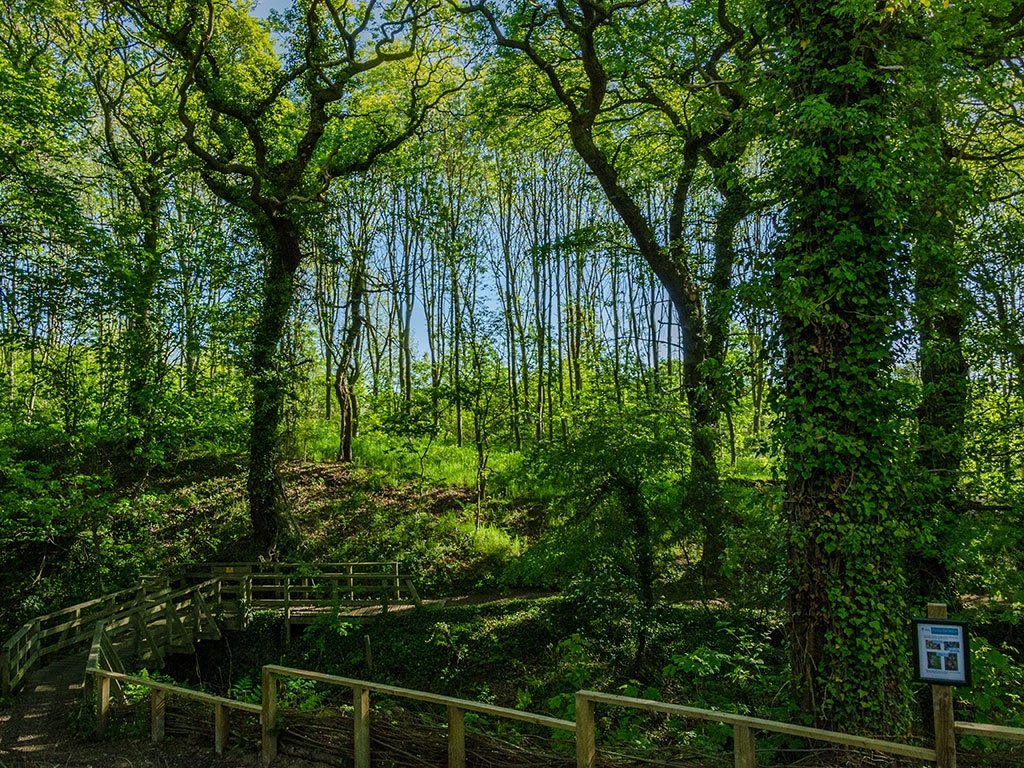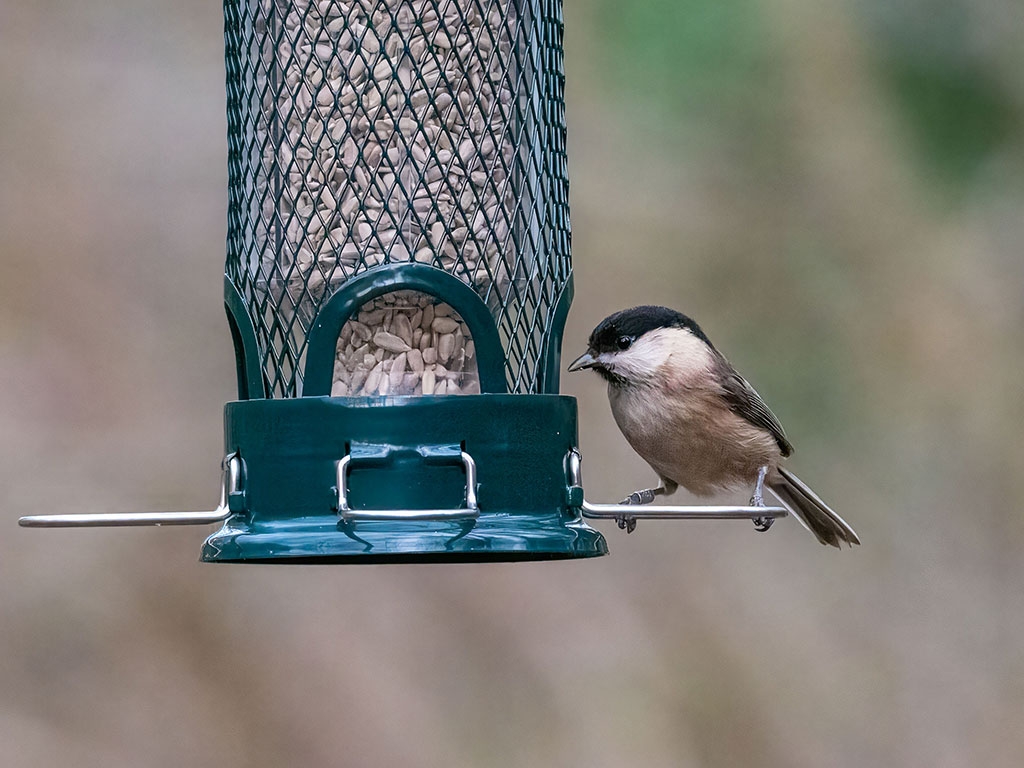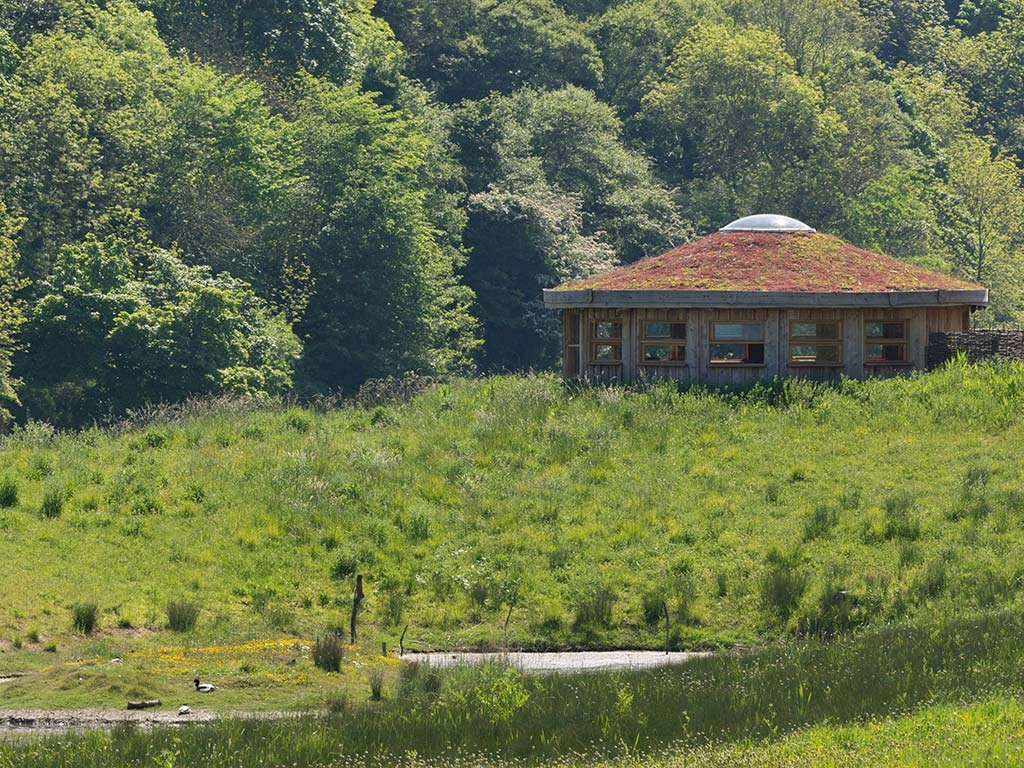Nature reserve
WWT Washington lies on the banks of River Wear between Newcastle and Sunderland and provides an inspirational example of how sound conservation management allows wildlife to thrive even in the midst of urbanisation and of the benefits a green and tranquil place brings to built-up communities.
Spring Gill
The centre gets its distinctive feel from its groves of ancient and plantation woodland, the oldest of which, Spring Gill Wood, is carpeted with bluebells, primrose and wood sorrel in spring.
Water for the neighbouring ponds and wetlands is cleaned by one of the centre’s two reedbeds.
The other is a breeding and feeding haven for reed buntings, reed warblers, sedge warblers, water rail and a variety of dragonflies, as well as invertebrates and amphibians.

Wader Lake
The site’s largest body of water is Wader Lake – a premier viewing point for shoveler, oystercatcher, lapwing, redshank, little ringed plover and common tern. Regionally rare avocet have bred here since 2006 with numbers increasing year-on-year and in winter the curlew roost represents one of the largest inland freshwater examples in the UK.
One of the North East’s largest heronries can be seen across the lake and grey herons often visit the nearby stretch of river. An increase in little egret has also been noted in recent years along the river corridor.

Hawthorn Wood hide
Hawthorn Wood hide and feeding station welcomes daily staples such as great-spotted woodpecker, jay and bullfinch with highlights of breeding red-listed willow tit and winter visitors including redpoll, brambling and siskin.

Saline lagoon
Kestrel have made a comeback in recent years thanks to key improvements to their preferred meadow habitat and the addition of a saline lagoon – which floods at high tides of five metres or more – has brought visiting roe deer, wild otter, spoonbill and green and common sandpiper.

Don’t miss
- Avocet
- Bee orchids
- Bullfinches
- Bluebells
- Curlew
- Dragonflies
- Grey herons
- Kestrel
- Reed bunting
- Water rail
- Woodland birds
-
In this section
- Willow Tit Project
- Nature reserve
- Latest sightings
- Viewing wildlife